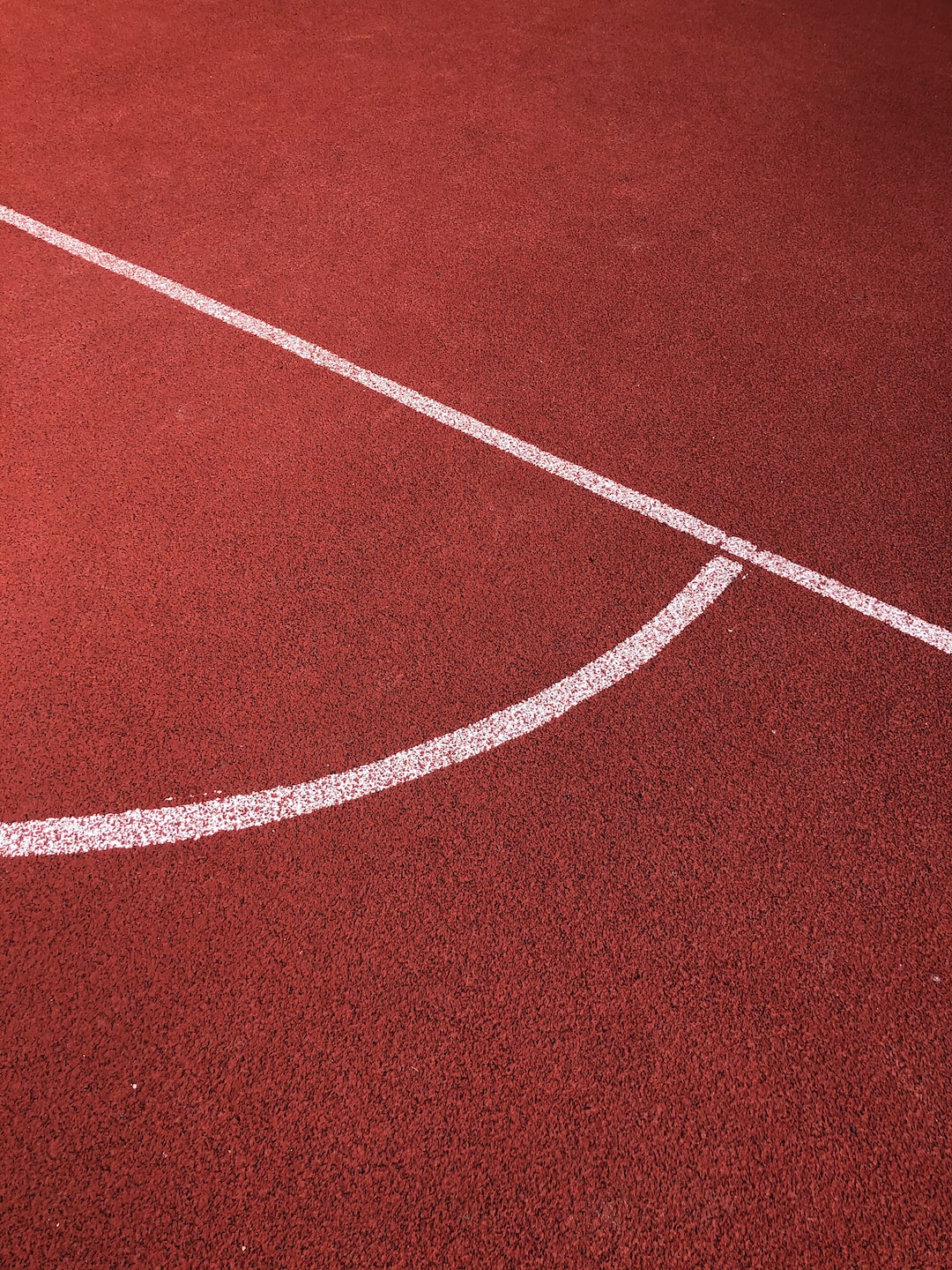Kettlebell Workouts for Track Athletes: Build Strength and Power
Track and field athletes rely on their explosive power and speed to excel in their events. Whether you’re a sprinter, jumper, or thrower, incorporating kettlebell workouts into your training routine can help you build strength, power, and improve your overall performance on the track. In this blog post, we will explore some effective kettlebell exercises that specifically target the muscles used in track and field events.
First and foremost, it’s essential to understand the benefits of kettlebell training for track athletes. Unlike traditional weightlifting exercises, kettlebell workouts involve dynamic movements that engage multiple muscle groups simultaneously. This effectively mimics the demands placed on the body during track and field events, enhancing your ability to generate explosive power.
One of the primary muscle groups targeted in track and field events is the lower body. Kettlebell exercises such as the kettlebell swing, goblet squat, and single-leg deadlift are excellent choices for developing lower body strength and power. The kettlebell swing, in particular, targets the hamstrings, glutes, quadriceps, and lower back, all of which are crucial for sprinting and jumping. By performing swings with a heavy kettlebell and focusing on explosive hip thrusts, you can strengthen these muscles and enhance your overall power output.
Goblet squats are another fantastic exercise for track athletes. This exercise primarily targets the quadriceps, hamstrings, glutes, and core muscles. By holding a kettlebell close to your chest and performing squats, you activate these muscles and develop the lower body strength needed for explosive starts and powerful jumps. Focus on maintaining proper form and going deep into the squat to fully engage the muscle groups.
Single-leg deadlifts are highly beneficial for track athletes as they work on balance, stability, and hamstring strength. By holding a kettlebell in one hand and raising the opposite leg behind you, you simultaneously challenge multiple muscle groups and improve body awareness. This exercise helps prevent imbalances and improves your ability to generate power from a single leg, which is critical for events like long jump and triple jump.
Alongside lower body strength, track athletes also require upper body strength for optimal performance. Kettlebell exercises like the kettlebell press, renegade rows, and Turkish get-ups can help develop upper body strength and power.
The kettlebell press is an excellent shoulder exercise that targets the deltoids, triceps, and upper back muscles. By performing this exercise standing up or in a seated position, you engage the core muscles to stabilise your body while pressing the kettlebell overhead. Strong shoulder muscles are essential for events such as javelin throw or shot put.
Renegade rows are a fantastic full-body exercise that targets the back, shoulders, and core muscles. By starting in a plank position with a kettlebell in each hand, you alternate rowing one kettlebell at a time while maintaining a stable core. This exercise not only strengthens your upper body but also improves stability and coordination, valuable assets for any track athlete.
Turkish get-ups are a challenging exercise that engages the entire body. By lying on your back and holding a kettlebell above you, you perform a series of movements to transition from lying down to standing up, and reverse. This exercise improves muscular strength, mobility, and stability throughout the body, making it an excellent addition to the track athlete’s training regimen.
Incorporating kettlebell workouts into your track training routine can take your performance to the next level. However, it is crucial to start with lighter kettlebells and focus on perfecting your form before increasing the weight. Gradually progress in weight as you become more comfortable with the movements.
Remember to warm-up adequately before each workout and cool down afterwards to prevent injuries. Kettlebell training places a significant demand on the body, so listen to your body and avoid overtraining. Consult with a coach or fitness professional if you are unsure about proper technique or the appropriate kettlebell weight for your fitness level.
In conclusion, kettlebell workouts offer numerous benefits for track athletes looking to improve their strength and power. By incorporating exercises that target both the lower and upper body, track athletes can enhance their performance on the track. Remember to listen to your body, gradually increase the weight, and focus on proper form. With consistent training and dedication, kettlebell workouts can help you achieve your track and field goals.
